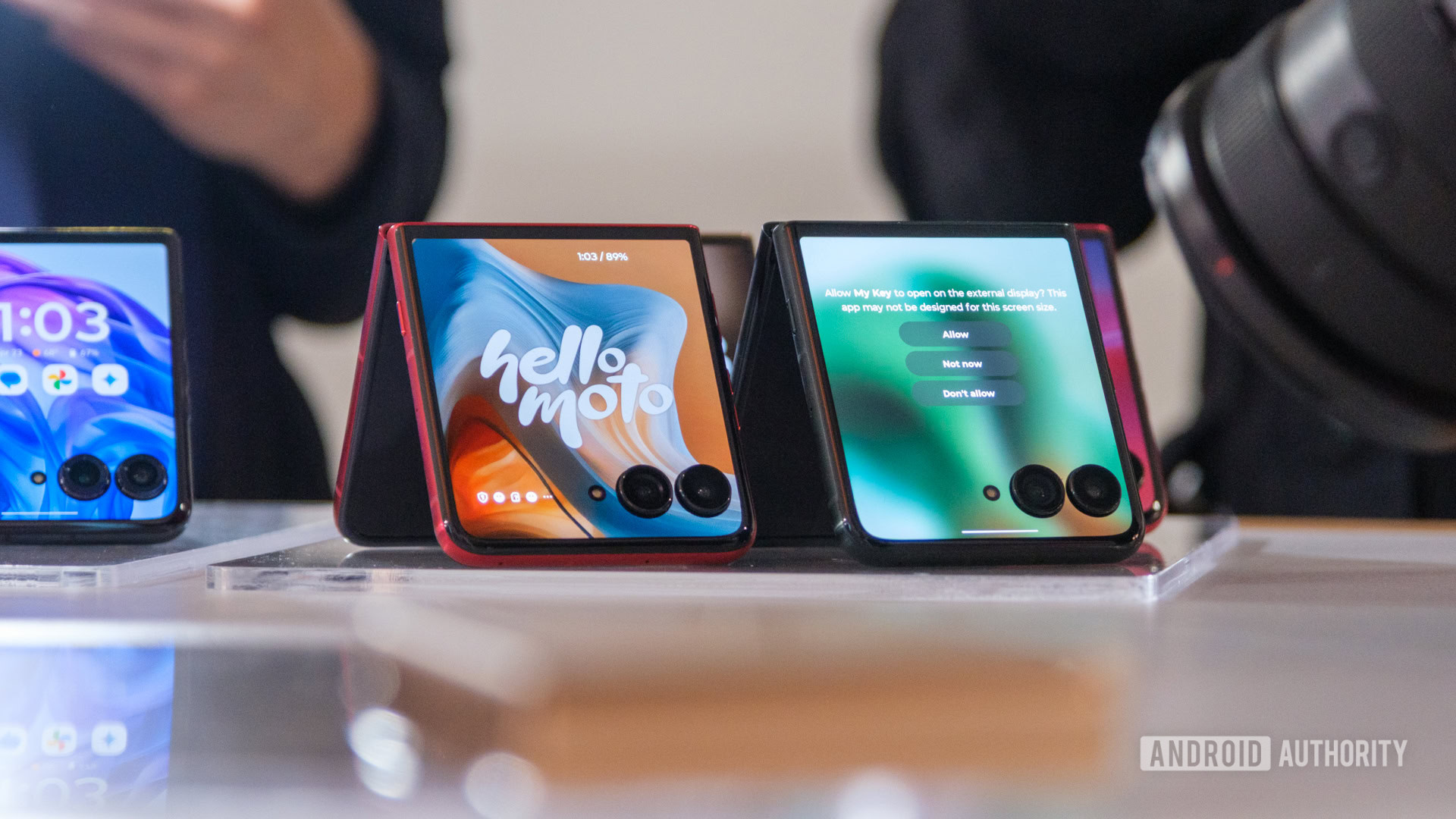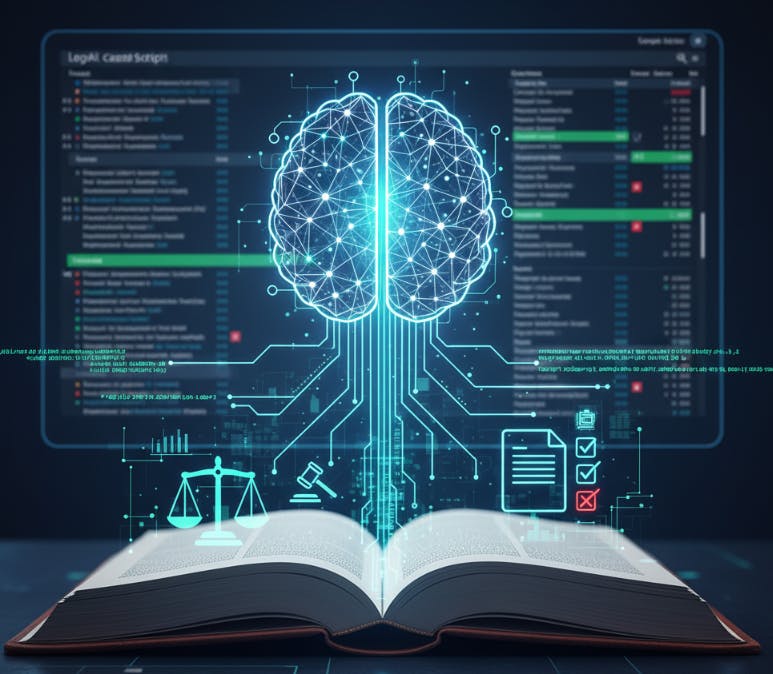San Anselmo hopes to reduce traffic congestion in the downtown area with the help of artificial intelligence.
The new system was installed in August at the Hub, at the intersection of Sir Francis Drake Boulevard and Red Hill Avenue. Now the city is implementing the technology for all its traffic signals, with the help of a grant from the Transportation Authority of Marin.
Assistant Public Works Director Scott Schneider said the technology can see the road, determine the speed and position of vehicles in real time and adjust the traffic signal accordingly. This shortens waiting times and increases safety. Typical detection cameras can only identify if there is a vehicle in front of the light.
“The Hub, because it’s so complex, we’ve never been able to sync it,” said Public Works Director Sean Condry. “You can’t sync the Hub in one direction or you’ll create problems in another direction.”
The Hub is considered the busiest intersection in Marin, according to the city. A traffic study of the area was completed in 2023, Schneider said. The adaptive technology was recommended as a short-term solution until longer-term solutions, such as a multi-lane roundabout, could be explored in more depth.
“It saves over 90 hours per day for 65,000 vehicles per day,” Condry said.
Since then, initial analysis from San Francisco-based Roundabout Technologies shows that peak-hour wait times have been reduced by more than 30%. However, Schneider noted that the improvement data is imperfect. The city is redoing the traffic study at the Hub to make “apples to apples” comparisons, he said.
“We’ll have to work out the statistics on this,” Schneider said. “I think users have noticed it anecdotally. I’ve had a lot of people come up to me and say they’ve noticed it’s faster to get through the Hub.”
The city has received a $250,000 grant from TAM to expand the technology to all twelve traffic signals. The new technology was installed Tuesday at the intersection of Bank Street and Sir Francis Drake Boulevard.
“That’s the topic we get the most complaints about,” says Schneider.
As the technology continues to expand, the AI system will be able to communicate between intersections, which is expected to further reduce wait times and traffic congestion.
The system is made by Roundabout Technologies. Installation costs totaled approximately $30,000 – $5,000 for the adaptive controller and $25,000 to install new cameras. According to the city, the system at the Hub will cost approximately $12,000 per year to operate.
Other intersections are expected to cost between $10,000 and $15,000 to install the cameras, controller and cables, and about $4,000 per year to operate. The TAM grant is expected to cover the first two years of service in addition to installation costs.
Condry said he aims to install the technology on the remaining 10 lights within six to 12 months.
© 2025 The Marin Independent Journal (Novato, California). Visit www.marinij.com. Distributed by Tribune Content Agency, LLC.











